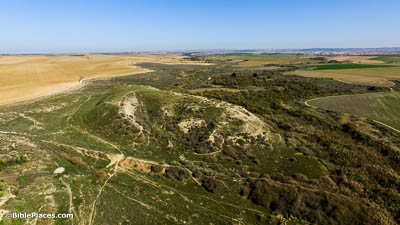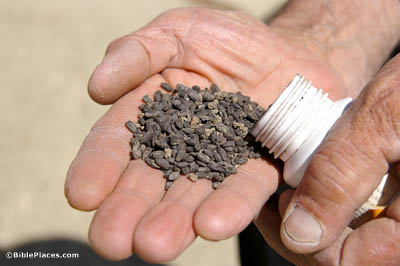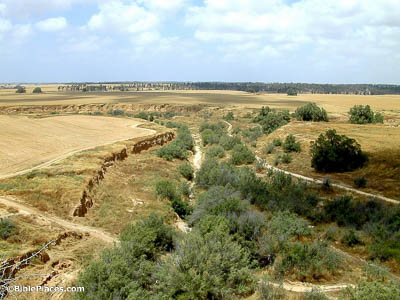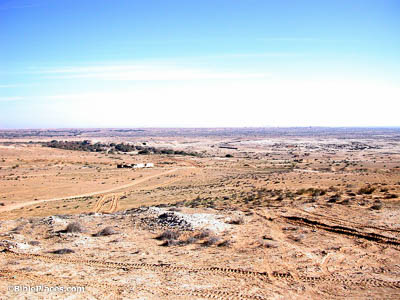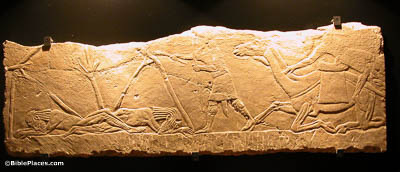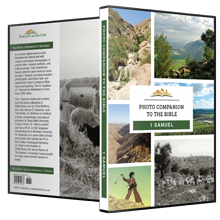The Amalekites had made a raid upon the Negev . . . and had struck Ziklag and burned it (30:1).
There are several proposed sites for the location of Ziklag, but Tel Sera (Tell Sheri’a, Tell esh-Sharia) is the choice of many biblical scholars and archaeologists. Tel Sera is located about 24 miles (40 km) south of Gath. The tell is horseshoe-shaped with steep slopes on all sides except on the west. The area of the summit is 4–5 acres (1.6–2.0 ha).
